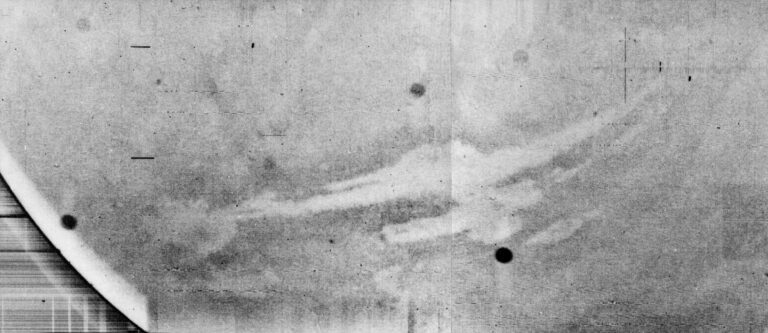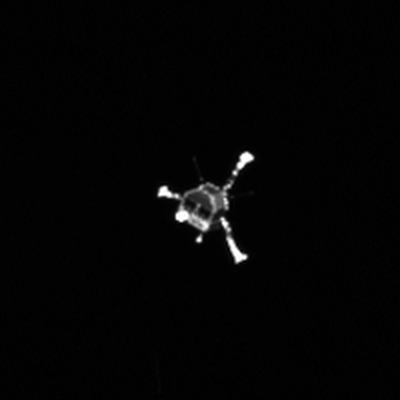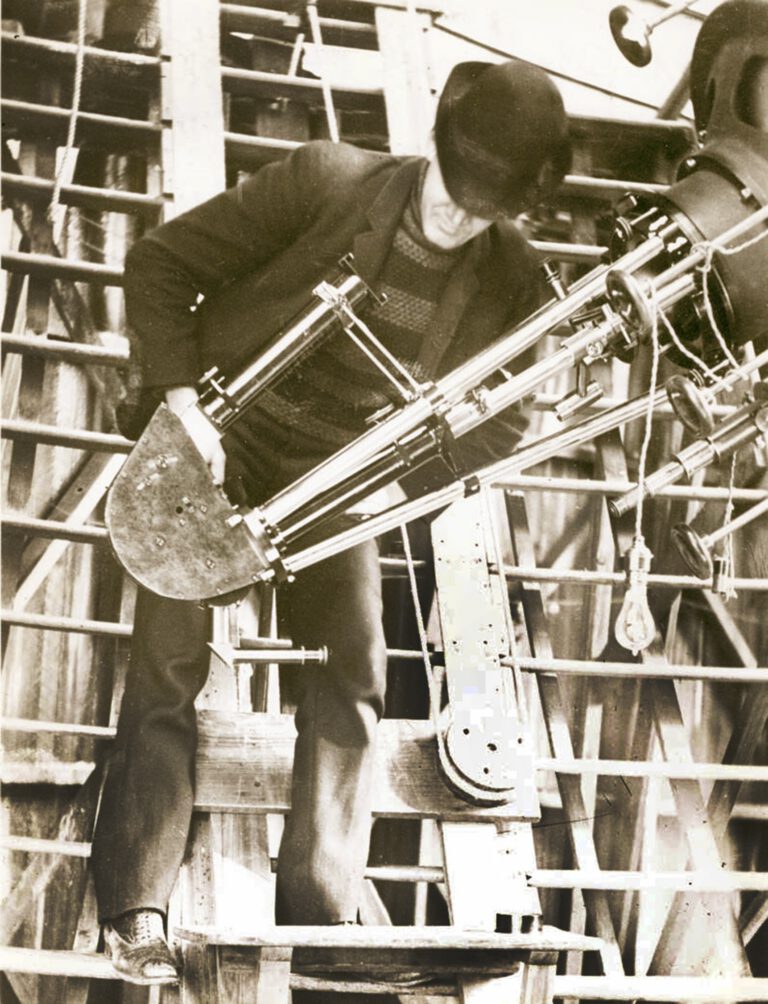
Key Takeaways:
- The Soviet Buran orbiter program was initiated in 1976 as a strategic response to concerns regarding potential military applications of the American space shuttle, with Buran designed for both military (antisatellite/antimissile) and civilian (Mir Space Station resupply) objectives.
- Key achievements of the Buran program included the development of 230 new technologies, a fully recoverable Energia booster capable of lifting 100,000 kilograms to orbit, and the capacity for fully automated, unmanned flight.
- Buran completed a single, seamless 206-minute orbital flight on November 15, 1988, from the Baikonur Cosmodrome, performing two orbits entirely under remote control without crew.
- Despite its operational success, the program was discontinued due to its colossal expense and the 1991 dissolution of the Soviet Union, with the orbiter and its rocket ultimately destroyed in a 2002 hangar collapse at Baikonur.
In 1976, the Soviet Union began development of the Buran orbiter. Concerned that the American space shuttle program might be used for military purposes, the Soviets responded with Buran and its Energia booster rocket, which were capable of carrying antisatellite and antimissile weapons and targeting locations on Earth’s surface. Though the nonmilitary objectives for Buran included ferrying crew and supplies to the Mir Space Station, Buran was also capable of flying unmanned and fully automated.
The Buran program marked several achievements – the development of 230 new technologies, a fully recoverable rocket capable of lifting 220,000 pounds (100,000 kilograms) to orbit, a shuttle that could carry up to 10 cosmonauts. However, it only made a single flight: On Nov. 15, 1988, Buran launched from the Baikonur Cosmodrome in Kazakhstan, performed two orbits, and returned to Earth. The 206-minute flight was seamless, and was performed fully under remote control, with no crew members aboard. Despite this success, the colossal expense of the program and the 1991 collapse of the Soviet Union meant the end of Buran. In 2002, the roof of a hangar at Baikonur collapsed, killing eight people and destroying the orbiter and its rocket.









